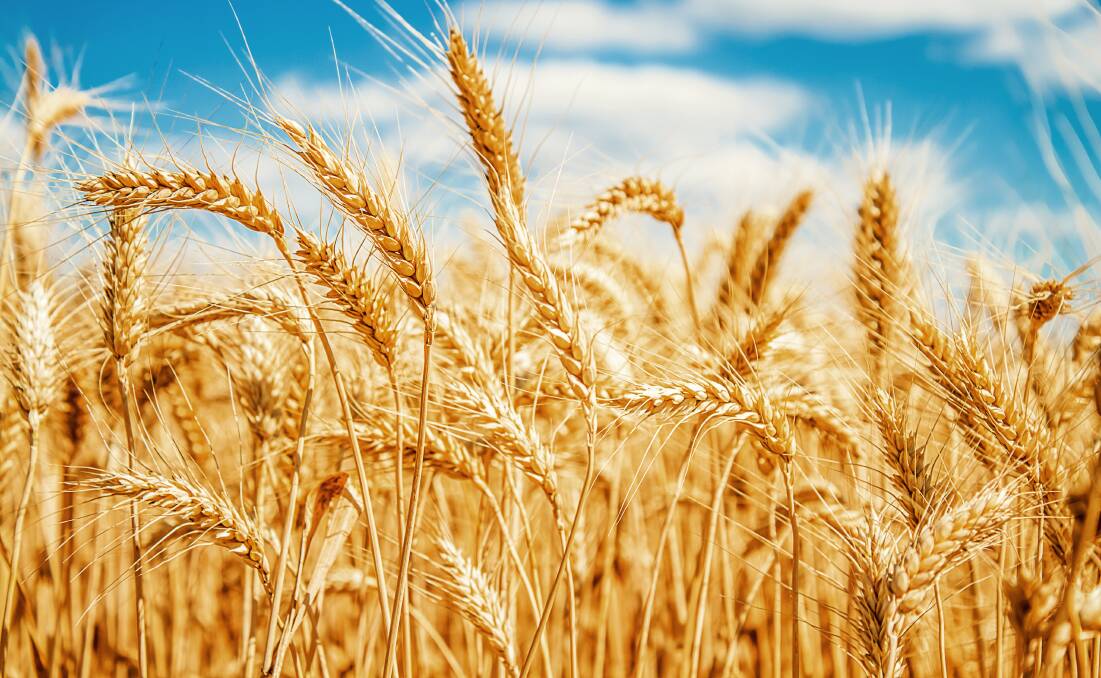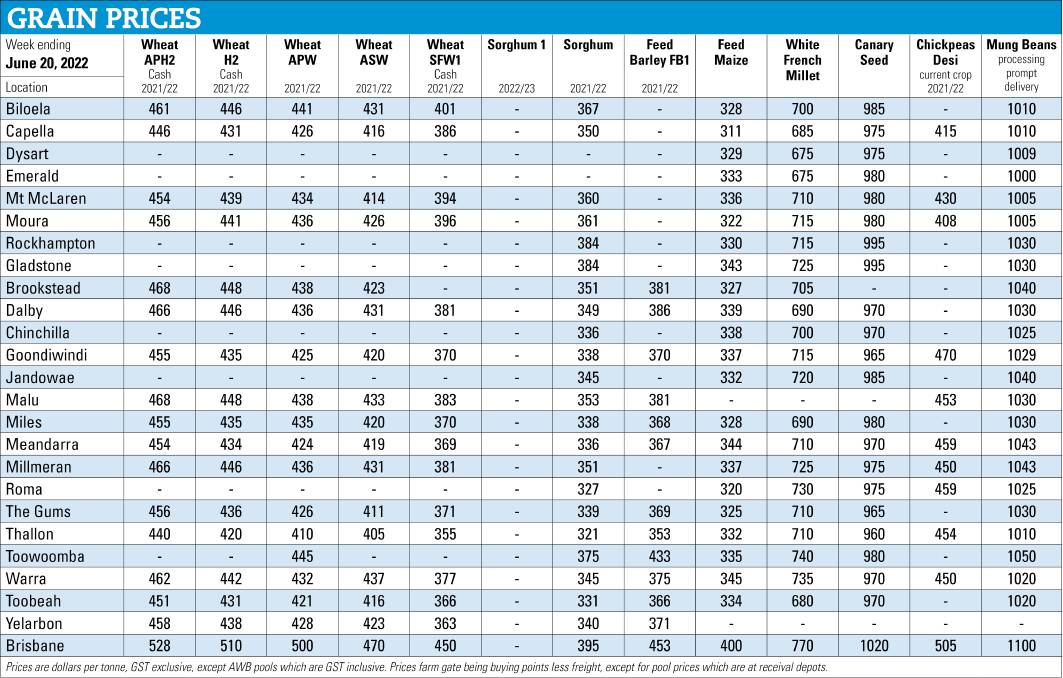
Exporters continue to show strong demand for old crop wheat despite the softer tone for feed grains.
Milling wheat bids across eastern Australia were $5-15 a tonne higher last week with traders reporting fresh demand from Asian buyers for old crop supplies. Trade bids for all grades of milling wheat in bulk storages. The biggest gains were for the higher protein grades including APH and Hard 2.
Further declines in the Australian dollar were also supportive for old and new crop wheat.
Prices for feed wheat grades, including GP and SFW were steady, while feed barley values continued to slide.
Feed barley bids declined by $10 to $15/t across eastern Australia. Downs barley bids fell $15 to $460 delivered while Melbourne was off $5 to $460 delivered.

Barley prices have come off the boil in recent weeks for a mix of reasons. Grain logistics have improved with the drier weather in June which has allowed farmers to access grain supplies, taking pressure off delivered markets. Farmer selling has also picked up ahead of the end of the financial year. Increased farmer selling has allowed shorts to get some coverage and cool the delivered markets into the Downs and Melbourne.
Exporter demand for feed barley has also waned. Australian feed barley had been one of the cheapest feed grains in the world through 2021. Asian buyers have swung over to South American corn which has regained its position as the cheapest feed grain in the world with the start of their summer crop harvest.
Drier June weather has allowed farmers to catch up with winter crop planting. The delays have been very patchy across the regions but the much-above average rainfall from April to May delayed seeding across large areas of the Downs and northern and central western New South Wales. Progress is varied, but farmers are back on the tractors and planting what they can.
While large areas of the United States and Europe are contending with dry weather, Australia is likely to see a wetter than normal winter crop growing season. The Bureau of Metrology said large parts of the eastern two-thirds of mainland Australia were likely to see double the normal rainfall for July to September. The likely development of a negative Indian Ocean Dipole and warmer than average waters around northern Australia are likely to be influencing this outlook.
- Details: 0428 116 438 or lloyd@agscientia.com.au

